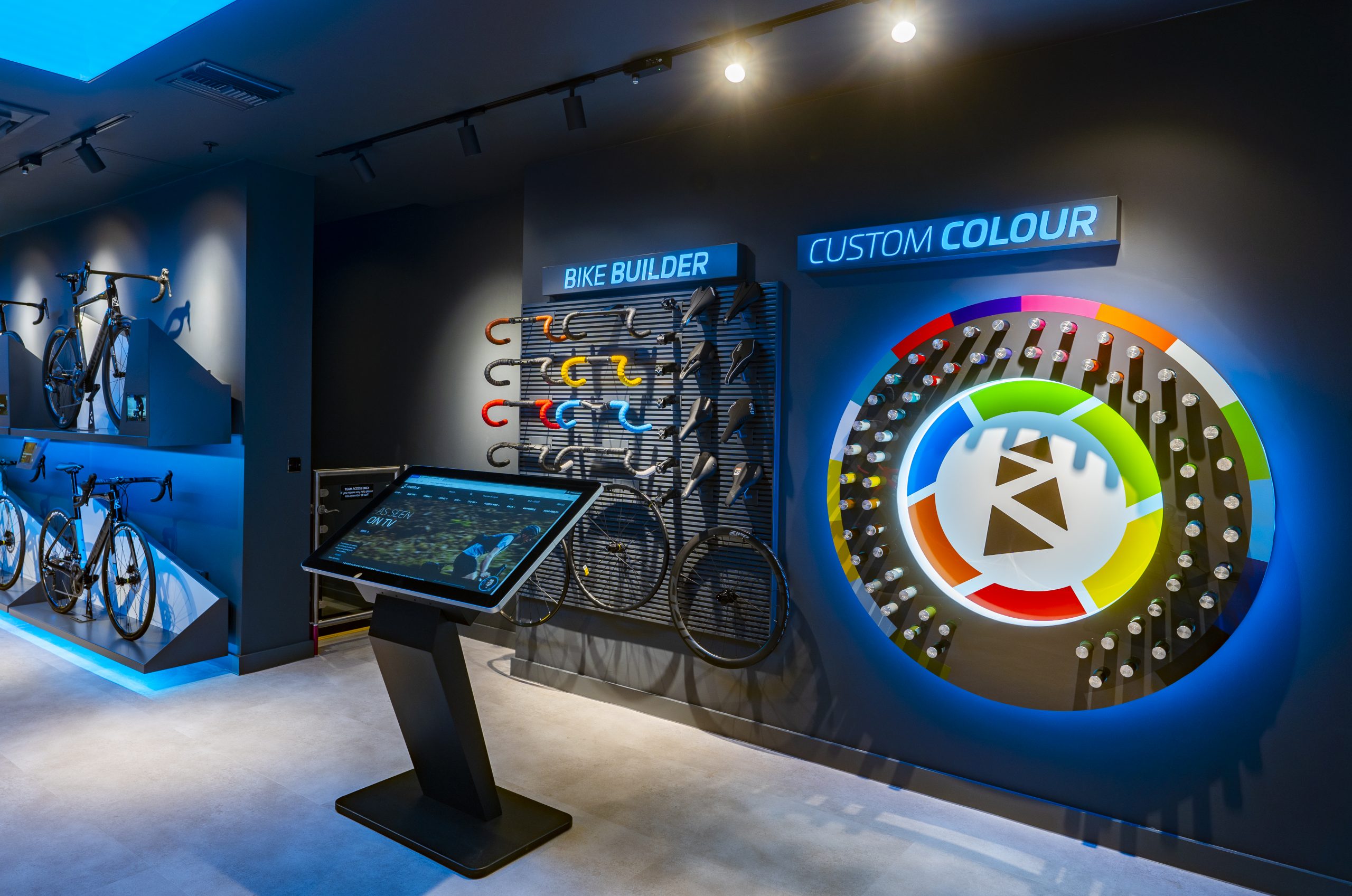As a matter of necessity, the pandemic has seen shopping habits change exponentially and brands of all shapes and sizes, and across all business niches, have had to make significant changes to the way in which they operate in order to keep head above water.
With everyone in lockdown, our interactions with the wider world were reduced to a series of clicks online, so brands had to make sure that their digital offerings were on point, their websites were optimised, their online presences well established, engaging and inviting.
But now that the world is slowly opening up once again (albeit a little haltingly), businesses will have to think about how to bring people back to their bricks and mortar stores once again – and how they can meld their digital and physical brand experiences seamlessly to ensure a sense of continuity for their customers.
This is where omnichannel marketing really comes into its own.
Put simply, this is the integration of branding, communications and both on and offline touchpoints throughout the entirety of customer interactions, ultimately leading to more meaningful and engaging brand experiences.
Because brand interactions happen in so many different places these days, it’s important that your omnichannel strategy is consistent and identifiable in terms of tone and vision, while providing customers with personalised messages based on their specific interests, as well as past interactions and the stage they’re at in the sales funnel.
While it will always be important to maintain a strong digital presence, now’s the time to focus on the in-store experience you’re offering your customers. This is the face of your business, after all, and the one opportunity for people to come in and interact with you in person, allowing you to build real relationships with your loyal following.
As such, it’s essential that you take the time to come up with truly personalised experiences for your shop visitors – and LED screens and digital signage can be particularly beneficial where this is concerned.
One of the most forward-thinking brands when it comes to innovation and technology – and one you could certainly take inspiration from – is fashion powerhouse Burberry.
In terms of blending the digital with the physical, Burberry has taken it so far as to actually transform its flagship store in London so that it mimics the website experience, with customers greeted by the biggest digital screen in the world, so that it feels like they’ve actually landed on the homepage of the site when they enter the store.
Not only that but clothes found in the shop are embedded with chips that can be read by screens, while the mirrors feature radio frequency identification technology that allows them to turn into screens showing images of garments on catwalks and runways, or the details of how they were made.
No doubt customers absolutely love visiting the Burberry store and it’s sure to be a constant talking point among fashionistas everywhere. If you’d like to find out how you could leverage technology in a similar way, get in touch with the Pixite team today.

